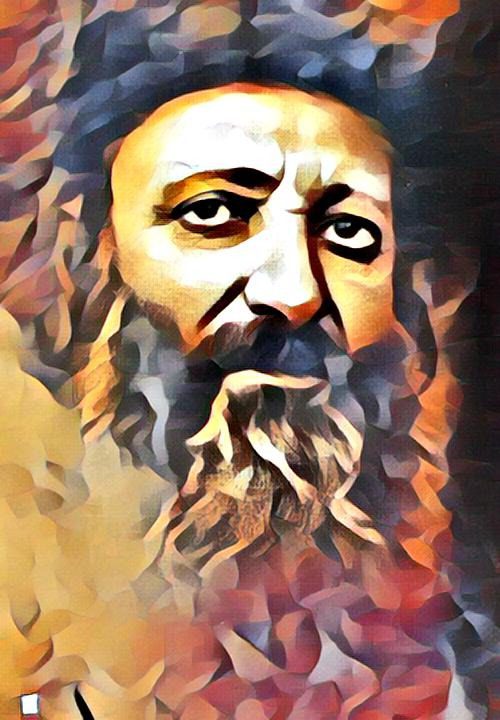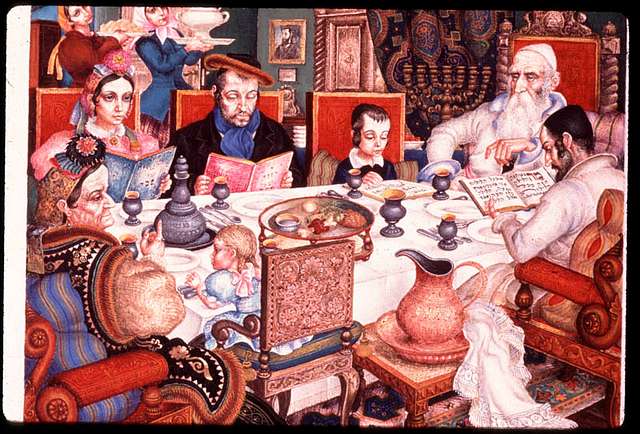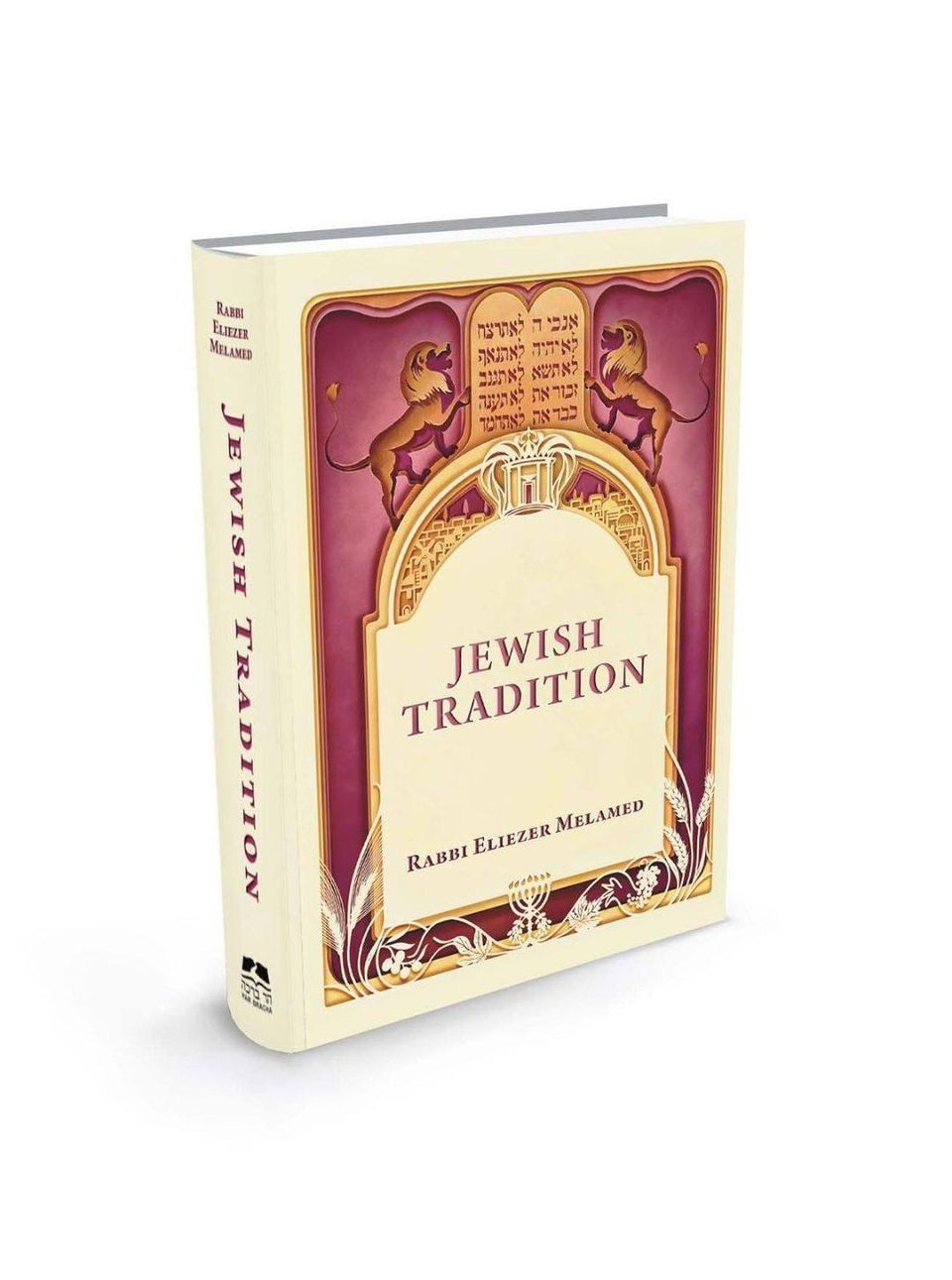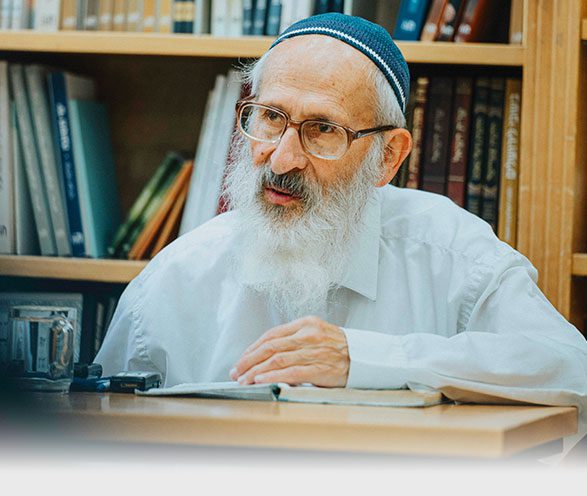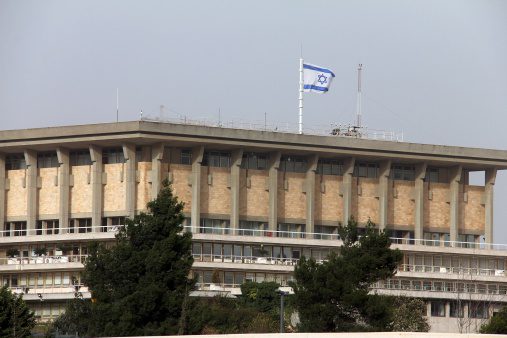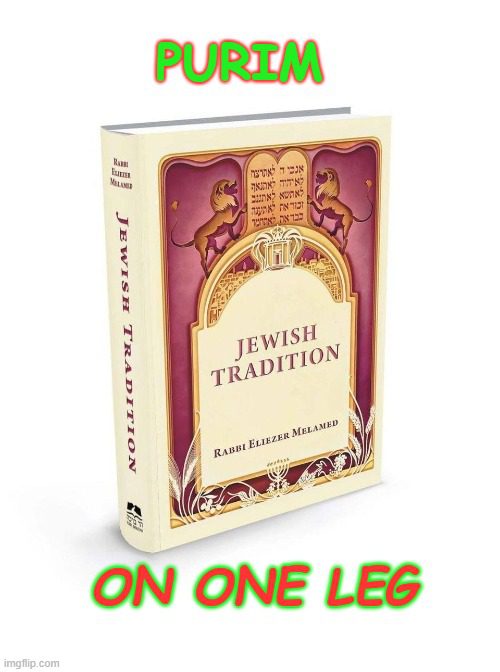TORAT ERETZ YISRAEL
by HaRav Shlomo Aviner
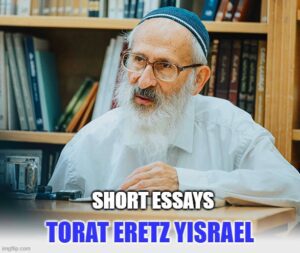
Question: I have a strong yeshiva background in America and I have been teaching in yeshivot for the past four decades. For me the concept “Torat Eretz Yisrael” is something new. Is this an invention of Rabbi Kook or is it grounded in sound Torah sources?
Reply: HaRav Shlomo Aviner was asked a similar question. Author of some 200 books on a wide variety of Jewish themes, Rabbi Aviner founded and heads Yeshivat Ateret Yerushalyim in Jerusalem and served as the Chief Rabbi of the Bet El community for several decades. I have condensed his long essay for the purpose of this post. He writes:
Everything Rav Kook wrote has its foundation in the teachings of our Sages. Many of his insights evolve from his exalted understandings of the Zohar and the writings of the Arizal. However, the concept of Torat Eretz Yisrael is not some new invention. For example, the Midrash states: “’The gold of this Land is good’ – this comes to teach us that there is no Torah like Torat Eretz Yisrael” (Bereshit Rabbah 16:4). In the Talmud we find an explanation of the verse, “‘In places of darkness He put me like the dead of the world’ Rabbi Yermiah stated, ‘This is the Babylonian Talmud’” (Sanhedrin 24A). Also, “You dwell in the land of darkness – therefore your words are shrouded in darkness” (Pesachim 34B). Also, “If you want to see the Shechinah in this world then occupy yourself with Torat Eretz Yisrael” (Shochar Tov, Tehillim 105). These are just a small sample of references to Torat Eretz Yisrael in our holy sources. We learn from all this that there is a learning transformation in the psyche and soul of the student of Torah in Israel where the air of Eretz Yisrael promotes wisdom (Baba Batra 158B). Some scholars explain this in connection to Rebbe Zera who engaged in forty fasts in order to forget everything he learned in Babylon when he ascended to Eretz Yisrael. Thus in the book “Orot” Rav Kook writes that in Eretz Yisrael a person can more readily grasp the true understanding of Torah (Orot, 1:4). In all of these cases, and many more, it is indicated that Torat Eretz Yisrael is on a higher level than the Torah of the Galut.
Nonetheless we don’t find a pinpoint definition of Torat Eretz Yisrael. The overall conceptual understanding we can attribute to Rav Kook in many of his writings. Indeed this is not a small private innovation stemming from one exact source. Rather it is a sweeping innovation which encompasses all of Rav Kook’s Torah philosophy. In one of his letters, Rav Kook explains that there are technical innovations (chiddushim) in Torah comprehension and there are great innovations of Torah truth which stem from a dep and all-encompassing Torah perspective. The Torah comes to illuminate our pathways in life, both those outside the Land of Israel and those in the Land itself. The life in the Land of Israel is “Clalli” encompassing the national essence of the Israelite Nation (with all of the mitzvot related to the Land, the government, justice system, Israeli army, Beit HaMikdash and the like) and not merely addressing the private life of the individual Jew which is all we have when we are minorities in foreign lands without our own Holy Land and national Jewish sovereignty of our own. Therefore when the Jewish People rise up to national revival with the return to and settlement of Eretz Yisrael, it is imperative that the Torah shines light on the life of the Clal, of the reborn nation in its Land as well as on the private mitzvot such as Tefillin, Shabbat, and eating according to the laws of kashrut. This much broader Torah is Torat Eretz Yisrael.
In the Land of Israel the Jewish People return to their natural essence when we dwell in our own country rather than being strangers in strange lands. Obviously Torat Eretz Yisrael is truer to our national essence and deeper in its all-encompassing understandings of our national Jewish mission to establish the Kingdom of God in the world – not in an abstract unearthly fashion but as a “down-to-earth” nation which will spread the light and blessing of Hashem to all nations, not just as saintly individuals or communities scattered around the globe but in a national capacity as the Nation of Hashem in His unique Holy Land, as the verse says, “For out of Zion shall go forth the Torah and the word of God from Jerusalem.” We can only live out our world mission in Eretz Yisrael following the guidelines of Torat Eretz Yisrael. Here, Divine Inspiration flourishes and graces the Torah that is learned here, even in the more exterior legal branches of Halachah, as Rav Kook notes: “The (Zohar’s) expression ‘on the Redemption’ refers to the Talmud Yerushalmi and the expression ‘on the replacement’ this is the Babylonian Talmud (see Letters of Rav Kook, Letter 91; and Zohar Chadash, Sefer Rut). He explains that Divine Influx rests from Above on the Talmud Yerushalmi while regarding the Babylonian Talmud the Influx ascends from below to Above through the toil involved in the learning. Also in his Letter 103, Rav Kook writes that in contrast to the Bavli which defines the word “dvar” as Halachah, the Yerushalmi defines it as Aggadah (Jerusalem Talmud, Sanhedrin 11:3). From this he emphasizes the importance of learning “Emunah” and the secrets of Torah in our time of Redemption alongside the learning of Halachah so that their profound insights penetrate the illumination of the law, which is the way of the Talmud Yerushalmi.
This transformation from the truncated Torah learned in the exile to the all-inclusive Torah of Redemption demanded in our return to Eretz Yisrael parallels a phenomenon described in the book “Chesed L’Avraham” which reveals that when a person arrives in Israel the soul that he had in Chutz L’Aretz (the Diaspora) departs from him and he receives a more exalted soul, illustrated by the “change of guard” of angels which occurred when Yaacov returned to the Land of Israel after his sojourn with Lavan. The private soul the person had in Chutz L’Aretz is replaced by the expansive Clalli soul of Eretz Yisrael (Chesed L’Avraham, Spring Three, Eyin Ha’Aretz, River 12; also Orot Yisrael, 7:18). This greater soul demands a greater Torah – Torat Eretz Yisrael. This is the Torah which will be learned in the Clalli yeshiva of Mashiach where the bitter is turned sweet and darkness into light (see Rav Kook’s book “Mamarei HaRiyah”pgs 78-80).

